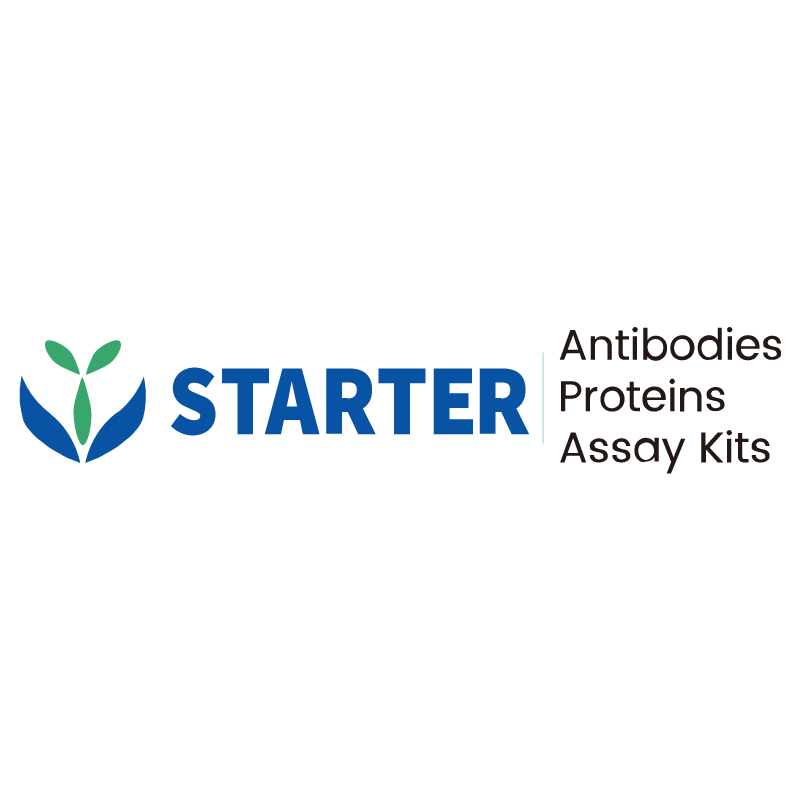2μg(R: reducing conditions)
Product Details
Product Details
Product Specification
| Species | Human |
| Synonyms | Ng, RC3, NRGN |
| Accession | Q92686 |
| Amino Acid Sequence | Protein sequence (Q92686, Met1-Asp78, with C-hFc tag) MDCCTENACSKPDDDILDIPLDDPGANAAAAKIQASFRGHMARKKIKSGERGRKGPGPGGPGGAGVARGGAGGGPSGD |
| Expression System | HEK293 |
| Molecular Weight | Predicted MW: 34.5 kDa Observed MW: 43 kDa |
| Purity | >95% by SDS-PAGE |
| Endotoxin | <0.1EU/μg |
| Conjugation | Unconjugated |
| Tag | with C-hFc tag |
| Physical Appearance | Lyophilized Powder |
| Storage Buffer | Lyophilized from a 0.2 μm filtered solution of 0.2M PBS, pH7.4. |
| Reconstitution | Reconstitute no more than 1 mg/mL according to the size in deionized water after rapid centrifugation. |
| Stability & Storage | 12 months from date of receipt, -20 to -70 °C as supplied. |
Background
Neurogranin is a small, acidic protein that is highly expressed in the central nervous system, particularly in neurons. It plays a pivotal role in synaptic plasticity, which is fundamental for learning and memory processes. Located in the postsynaptic density of excitatory synapses, Neurogranin binds to calmodulin. This binding is calcium - dependent. When intracellular calcium levels rise in response to neuronal activity, calcium - calmodulin complexes form. Neurogranin's interaction with calmodulin then modulates the activity of protein kinase C (PKC), an enzyme involved in signal transduction pathways. By regulating PKC, Neurogranin influences the phosphorylation of various synaptic proteins. This, in turn, impacts the structure and function of synapses, allowing for the strengthening or weakening of synaptic connections, essential for encoding and retrieving information in the brain.
Picture
Picture
SDS-PAGE


